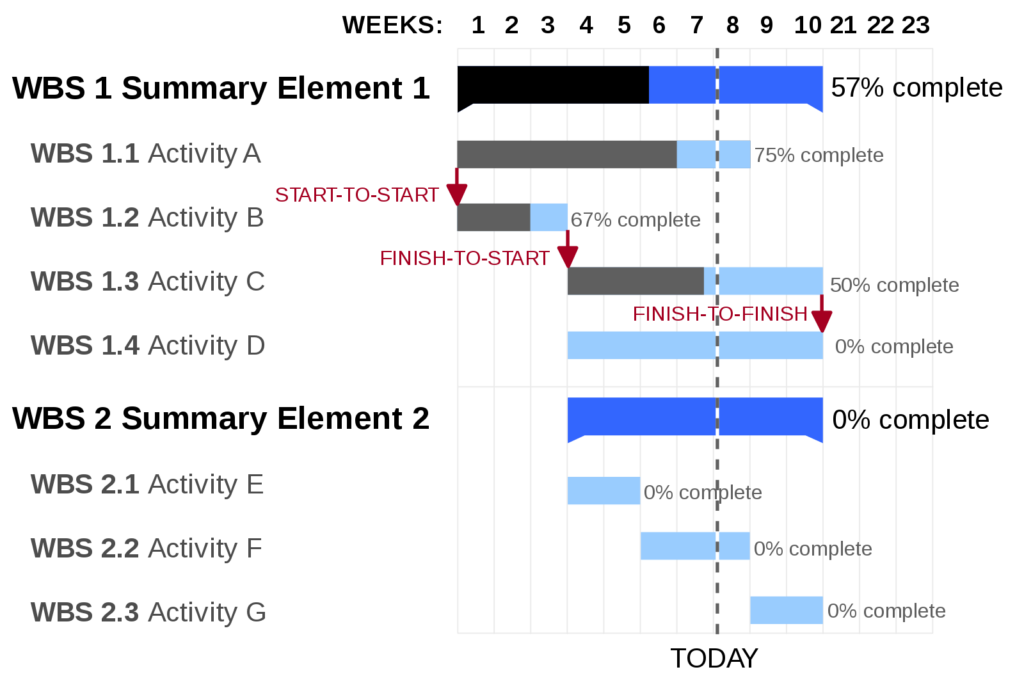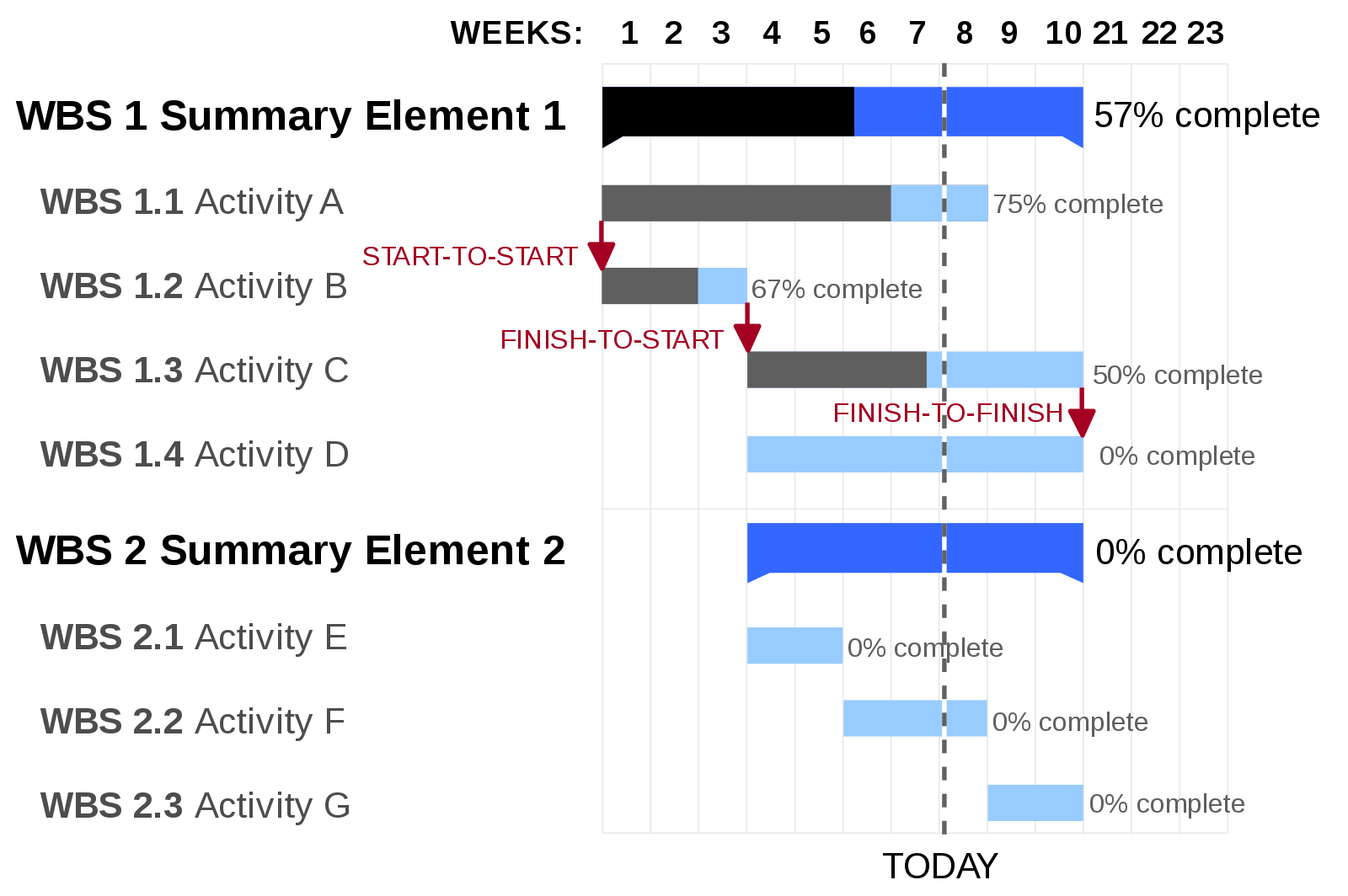
TL;DR
To organize your thoughts about the project plan, you need to use some kind of project plan template. This also helps you in reusing test plans across various projects. Here we explain Johanna’s project plan template. This is another post from the project management series. The post is based on a remarkable book written by Johanna Rothman, Manage It!
The project plan should be a place where you keep your thoughts about the project. Here is Johanna’s template that could help you in creating your project plan.
Product Purpose
It would be a shame that the project manager could not explain in a few sentences what is product purpose.
You could start with the project charter vision. But be careful. Sometimes project vision is for a group of projects. For example, each product release is one project. In that case, product purpose is different from project charter vision.
What was the Google Search project charter vision? That customers use google.com as their home page.
What was Google Search’s first version project purpose? The user gets the most relevant search results for their keyword search.
History
There are occasions when a project is a continuation of the previous project. When you develop a new release for the product. Then, you have a project history with valuable information. For example, you have knowledge of customer reported defects that are not attended. Now you know something about technical debt.
Release Criteria
Release criteria tell us when we should be done to finish the project.
Goals
The goal is anything that the project team agrees that should be done but is not paid by the sponsor. The product goal could be a requirement that would help the team to monitor products in production. The team goal could be to apply example mapping as user story analysis. The organization’s purpose could be to do production deployment at the end of the sprint. And the project goal could be to have 20 user stories per sprint.
Project Organization
Here you explain which project lifecycle would team use. After that, describe how one feature is developed. How team members cooperate in that process. List project decision-makers. Should you write any project documentation? This is a place to describe this.
Schedule Overview
You probably have seen this in the form of the Gantt diagram. Gantt diagram depicts your project Work Break Structure (WBS). WBS has tasks, dependencies, durations, and owners. The schedule should have major milestones and what should be delivered at each milestone. Earlier in the project, you will have less information, but over time schedule overview would become more detailed.
Do not forget to include the duration of iteration or increment. It is also possible to offer several alternatives for WBS. This is useful if your schedule is at risk at the project start.
Project Staffing
If you are in control who is assigned to your project, here, you can have a staffing curve that would explain the need for staff over project time.
Proposed Schedule
This is the current schedule instance based on schedule overview.
Project Risk List
Risk is anything that negatively impacts your project plan. It has the probability of occurrence, and you should create a mitigation plan when it occurs. It has severity and exposure, where exposure is severity multiplied with probability.
For example, a hero developer team lead leaves the project.



